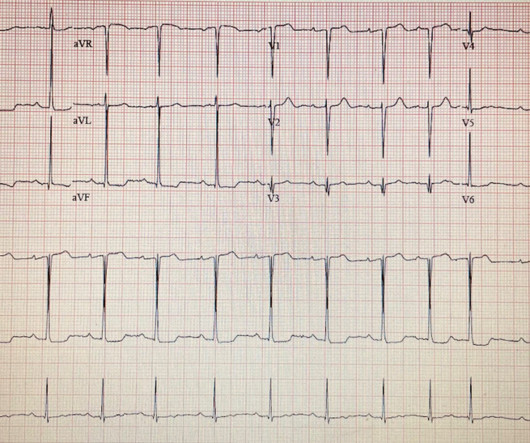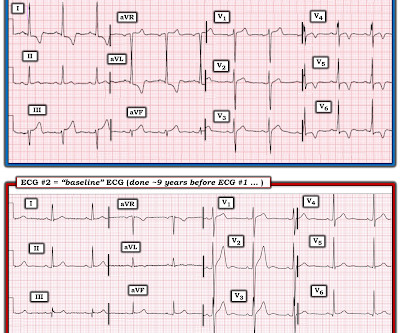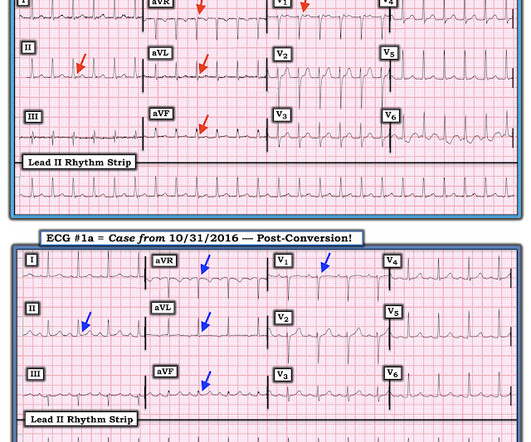InterAtrial Block
EMS 12-Lead
AUGUST 25, 2024
In the pre-hospital setting the varying modalities needed to rule-in/rule-out these causative factors are not available (eg, Chest X-ray, Echocardiogram, etc). And since common things are common, the statistical probability favors Atrial Fibrillation (AFib) as the culprit. AFib can come and go. But the ECG is Sinus!















Let's personalize your content